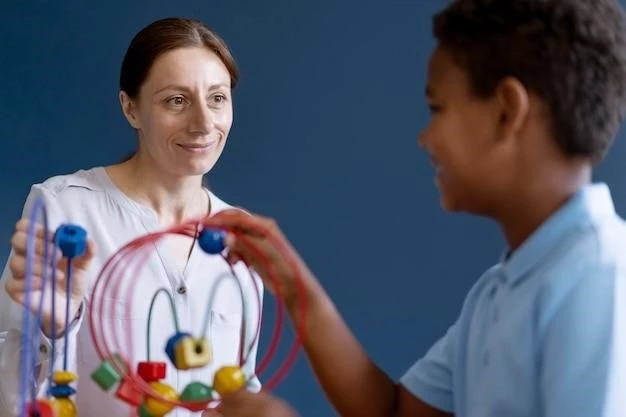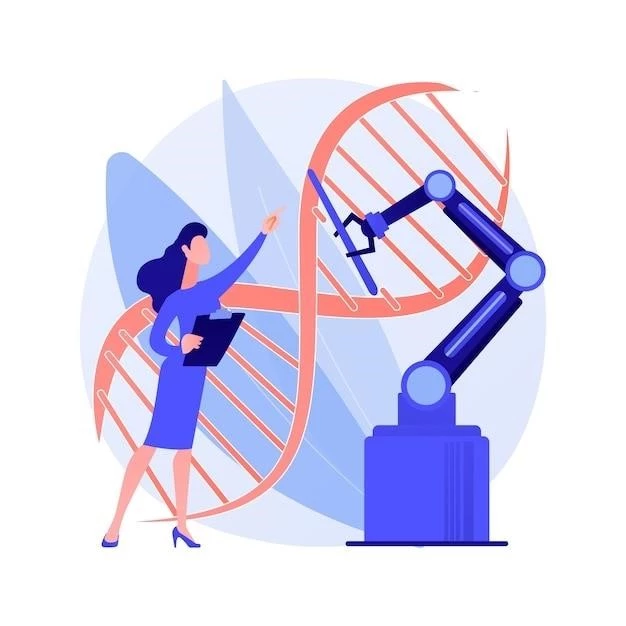Symptoms of Adrenoleukodystrophy
Adrenoleukodystrophy presents with various symptoms, affecting both behavior and physical health.
Behavioral and Cognitive Symptoms
Behavioral and cognitive symptoms of Adrenoleukodystrophy may include impulsivity, hyperactivity, aggression, and deterioration in school performance. Patients may also experience memory loss, confusion, and difficulty concentrating.
Physical Symptoms
Physical symptoms of Adrenoleukodystrophy may manifest as muscle weakness, difficulty walking, issues with coordination, fatigue, vision loss, and hearing impairment. Patients may also experience seizures, skin changes, and difficulty swallowing.

Treatment Options for Adrenoleukodystrophy
Treatment for Adrenoleukodystrophy includes dietary changes, medication therapy, and stem cell transplantation.
Dietary Changes and Supplements
Dietary modifications and supplements play a crucial role in managing Adrenoleukodystrophy. Intake of Lorenzo’s oil and a diet low in very long-chain fatty acids (VLCFAs) are commonly recommended. Consultation with a healthcare provider or nutritionist is essential for personalized dietary guidance.
Medication Therapy
Medication therapy for Adrenoleukodystrophy aims to manage symptoms and slow disease progression. Options may include medications to control seizures, manage behavioral symptoms, and address adrenal insufficiency. Regular monitoring and adjustments by healthcare professionals are crucial in medication management.
Stem Cell Transplantation
Stem cell transplantation is a potential treatment option for Adrenoleukodystrophy. This procedure involves replacing damaged cells with healthy stem cells to slow disease progression. It is crucial to consult with healthcare providers to assess eligibility and potential risks before considering stem cell transplantation.
Genetic Causes of Adrenoleukodystrophy
Adrenoleukodystrophy is primarily caused by a genetic mutation on the ABCD1 gene.
X-Linked Adrenoleukodystrophy (X-ALD)
X-Linked Adrenoleukodystrophy is a form of the disorder caused by mutations in the ABCD1 gene located on the X chromosome. This genetic defect leads to the accumulation of very long-chain fatty acids, causing damage to the nervous system.
Genetic Mutation on ABCD1 Gene
Adrenoleukodystrophy is primarily caused by mutations in the ABCD1 gene, which encodes a protein responsible for transporting fatty acids into cells. Mutations in this gene lead to the accumulation of very long-chain fatty acids, resulting in damage to the nervous system and adrenal glands.
Early Signs of Adrenoleukodystrophy
Early signs of Adrenoleukodystrophy may include hyperactivity and sensory impairments.
Hyperactivity and Behavioral Changes
Hyperactivity and behavioral changes are common early signs of Adrenoleukodystrophy, including impulsivity, aggression, and deterioration in school performance. These behavioral changes require thorough evaluation and management by healthcare professionals.
Vision and Hearing Impairment
Vision and hearing impairment are early signs of Adrenoleukodystrophy. Patients may experience gradual vision loss, hearing difficulties, and potential changes in auditory responses. Timely evaluation by ophthalmologists and audiologists is essential for appropriate interventions and support.
Impact on the Nervous System in Adrenoleukodystrophy
Adrenoleukodystrophy significantly affects the nervous system function.
Demyelination of Nerve Fibers
In Adrenoleukodystrophy, the demyelination of nerve fibers occurs due to the buildup of very long-chain fatty acids, leading to damage in the myelin sheath. This disruption impairs nerve conduction and communication, contributing to neurological symptoms. Monitoring and intervention are key in managing demyelination effects.
Neurological Decline and Motor Impairment
Adrenoleukodystrophy leads to progressive neurological decline and motor impairment. Patients may experience muscle weakness, spasticity, difficulties with coordination, and changes in gait. Early detection and comprehensive care by a multidisciplinary team are essential in managing neurological deterioration and motor function decline.
Diagnosis of Adrenoleukodystrophy
Accurate diagnosis of Adrenoleukodystrophy involves genetic testing and brain imaging.
Genetic Testing
Genetic testing is key in diagnosing Adrenoleukodystrophy by identifying mutations in the ABCD1 gene. Confirmatory genetic testing can help determine the subtype of the disease and guide treatment decisions. Genetic counseling is crucial in interpreting results and providing essential information to patients and families.
Brain Imaging Techniques
Brain imaging techniques like MRI and CT scans play a crucial role in diagnosing Adrenoleukodystrophy. These imaging modalities help identify changes in the brain structure indicative of the disease, including white matter abnormalities. Early and accurate diagnosis through imaging is essential for prompt intervention and management of Adrenoleukodystrophy.
Research Advancements in Adrenoleukodystrophy
Continuous advancements in research aim to improve understanding and treatment.
Gene Therapy Studies
Current gene therapy studies in Adrenoleukodystrophy aim to develop innovative approaches for gene correction and metabolic restoration. These studies hold promise for potential treatments that target the underlying genetic abnormalities, offering hope for improved outcomes in affected individuals.
Biomarker Development
Biomarker development in Adrenoleukodystrophy research focuses on identifying reliable indicators of disease progression and treatment response. By establishing biomarkers, researchers aim to improve diagnostic accuracy, monitor disease evolution, and assess the efficacy of therapeutic interventions. These advancements are critical in enhancing clinical management and outcomes for patients with Adrenoleukodystrophy.
Support and Resources for Adrenoleukodystrophy Patients
Diverse support networks and resources are available to aid patients.
Patient Advocacy Organizations
Patient advocacy organizations play a vital role in supporting Adrenoleukodystrophy patients and families. These organizations offer educational resources, community engagement opportunities, and advocacy efforts to raise awareness, provide emotional support, and promote research funding for the disease. Joining such organizations can help individuals navigate the challenges associated with Adrenoleukodystrophy.
Clinical Trials and Treatment Centers
Clinical trials and specialized treatment centers offer access to innovative therapies and expert care for Adrenoleukodystrophy. Participation in clinical trials provides opportunities for advanced treatments, while treatment centers deliver comprehensive and specialized medical services tailored to manage the complexities of the disease. Engaging with these resources can enhance patient outcomes and quality of life.
